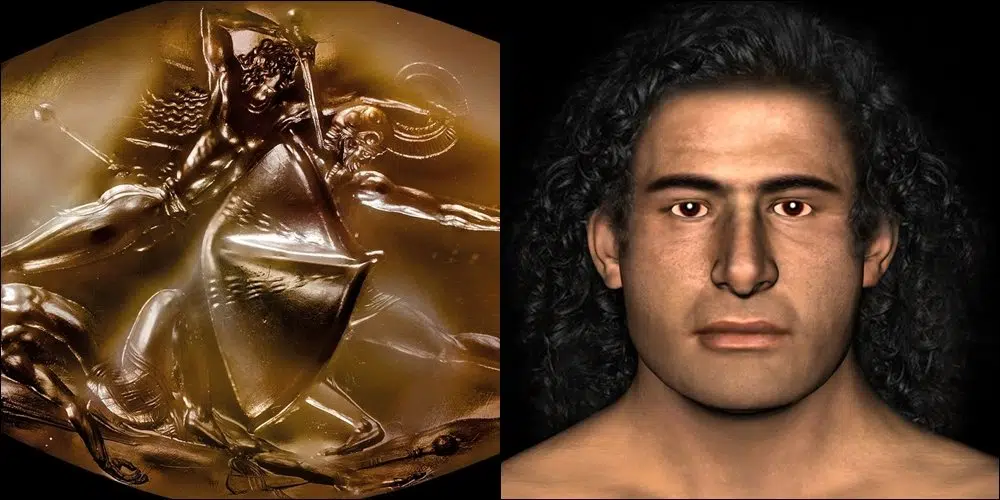
In a remarkable new revelation, recent studies by the University of Cincinnati show that the Griffin Warrior was of Greek descent. The results, which the journal Science published, were part of a three-part study overseen by Harvard University, disputing previous claims that he was of outside origin.
“When we look at the rise of the Mycenaean civilization, ancient DNA supports the notion that it was a local phenomenon, not something imported from the outside,” said co-author Jack Davis. It was the UC Classics professor and department head who, along with his wife Sharon Stocker in 2015, unearthed the Griffin Warrior’s tomb.
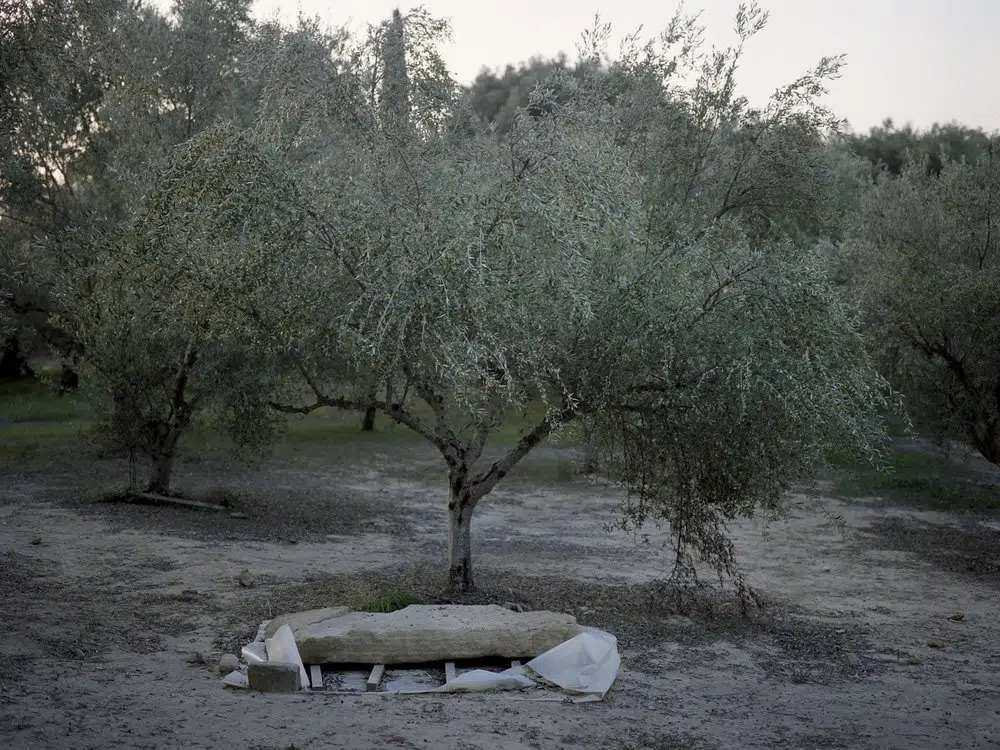
Their findings were of great significance for historians, fellow archeologists, and geneticists alike. They helped clarify the migration patterns of people five to seven thousand years ago whose ancestry had intermingled when they joined Greece’s indigenous population.
“This research addresses a bigger question,” Davis added. “Where do Greeks come from? We had no way of addressing that question without looking at genetic relationships.” It was the use of new scientific techniques that proved the Griffin Warrior’s Greek origins. This meant that migration patterns they had been studying had had very little impact on Greek society of that time.
Griffin Warrior’s Greek roots: history and science coincide
Research on the remains of the Griffin Warrior, as well as 726 others, confirmed that they were inhabitants of the region before and during the Bronze Age. Sharon Stocker, Davis’ wife, emphasized the Mycenaean King “carried no trace of steppe ancestry though dozens of both elite and humbler graves in Greece did.”
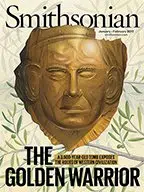
It was initially quite difficult to carry out research due to the mortuary rituals of Mycenae. Stocker’s team was, nevertheless, able to take samples from the Griffin Warrior’s grave which had preserved his ancient DNA. These samples then helped illuminate the link between people such as the Griffin Warrior to each other as well as the places in which they lived.
“The team did not discover the grave of the legendary King Nestor…nor did it find the grave of his father, Neleus,” Stocker and Davis confirmed. “Yet what they discovered was perhaps of even greater importance,” as it was “the tomb of one of the [most] powerful men who laid foundations for the Mycenaean [civilization], the earliest in Europe.”
Greece mythologized in the time of Homer
Homer’s mythological work rose like a phoenix from the ashes in 1939 during the search that led to C.W. Blegen—a professor of Classics at the University of Cincinnati—and Konstantinos Kouroniotis—his Greek counterpart—discovering the Palace of King Nestor. Nestor, the mythological son of Neleus and grandson of Poseidon, was one of the fabled leaders of the forces against Troy in the Trojan War.
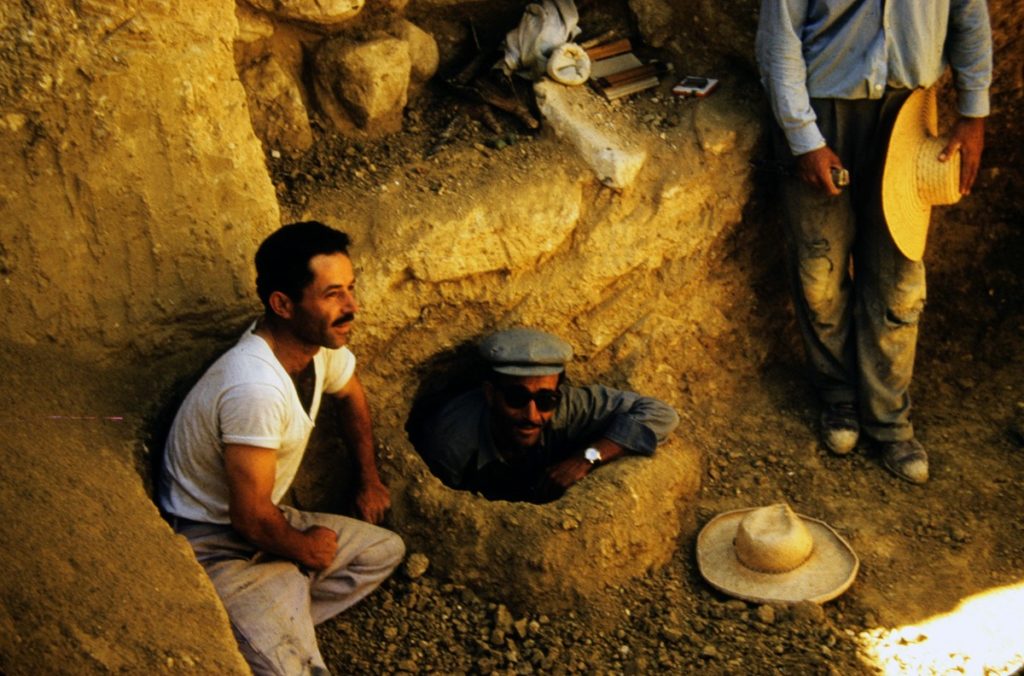
Then, in 2015, came another astonishing discovery: the Griffin Warrior’s tomb, namely the tomb of a founding father of the Mycenaean civilization. Later on, there were also the excavations of two further family vaults exquisitely bedecked with gold and gems.
Facial reconstruction offered historians a glimpse of the Griffin Warrior’s features. The Mycenaean King’s crypt, in which he was buried some 3,500 years ago, immediately highlighted his historical importance, however.
The artifacts and treasures buried inside showed that he was a wealthy individual who had played religious, military, and political roles in Mycenaean society.
The Griffin Warrior rested on his back, a long sword topped with a gold hilt and a twin dagger on his chest. More artillery, gold cups, and precious jewels were found at his feet. An ivory plaque engraved with the symbol of a griffin in a rocky landscape rested between his legs with bands of bronze most likely taken from his suit of armor and wild boar’s teeth from a warrior’s helmet. The Pylos Combat Agate, portraying a victorious warrior, also highlighted the Griffin Warrior’s military prowess.
Fact unearthed from fiction: the Griffin Warrior’s heritage
What Davis and Stocker managed to achieve was the separation of fact from fiction. Their findings proved that the Griffin Warrior was a prominent leader of his generation in Mycenaean society—one who would have ruled at the beginning of Mycenaean civilization, when such magnificent shaft graves were built for Mycenae’s privileged class of elites.
Prior to his death, the Mycenaean King would have resided next to the palace on the acropolis of Ano Englianos. Wall paintings at this time decorated stones cut in the Minoan ashlar style, hence the fact that most of the over 1,500 objects with which he was buried were also either in the Minoan style or of Cretan manufacture.
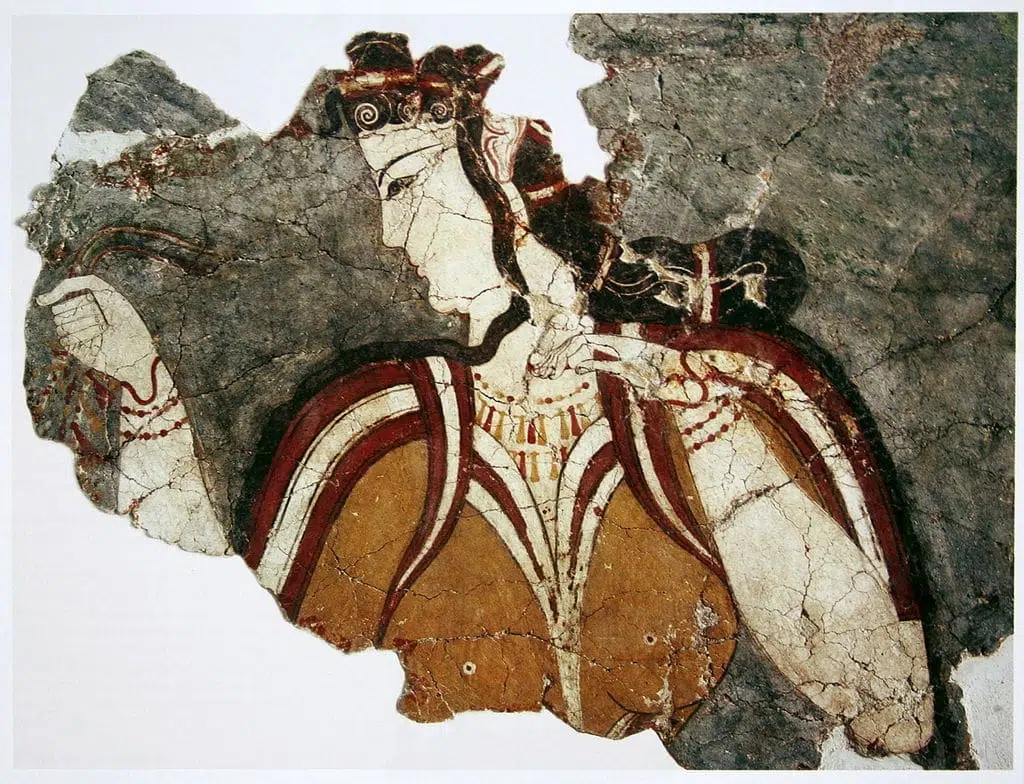
“The beauty of this,” as Wolfgang Hawk of the Max Planck Institute for Evolutionary Anthropology stresses, “is that it’s bringing it all together in a bigger narrative.” In other words, the uncovering of the Griffin Warrior’s ancient DNA was important for two reasons. First, it helped geneticists and anthropologists better understand the impact of migratory patterns during the Bronze Age on Greece’s native populace.
“Second, in proving the aristocrat’s Greek origins it provided some insight into Jack Davis’ question” about where Greeks originate from, explained Hawk.
In the case of the Griffin Warrior, the answer is Greece, the homeland over which he ruled. “This type of study is critical for our understanding of the ancient history of the Mycenaean region and the role of Mycenaeans in forming that history,” Schepartz said.
See all the latest news from Greece and the world at Greekreporter.com. Contact our newsroom to report an update or send your story, photos and videos. Follow GR on Google News and subscribe here to our daily email!



